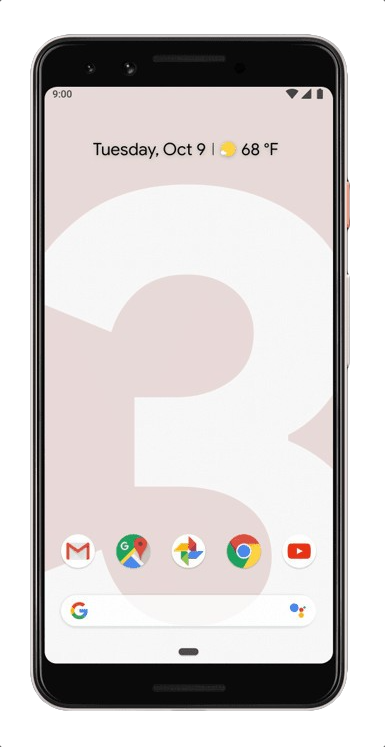We've seen this type of feature before, and it's been a mixed bag at best.
Google's new strategy of pre-announcing parts of the Pixel 4 ahead of its launch is fantastic, because it gives us an opportunity to analyze individual pieces of the phone well before we actually get our hands on it. In this case, your hands won't be on it per se: Google says the Pixel 4 will have advanced face unlock and a Soli sensor for touchless air gestures.
Touchless gesture control has been on our minds for years as some sort of lustworthy feature.
Touchless hand gestures are nothing new. We've seen them implemented as early as 2014 with the Moto X, and there are other examples that have used some combination of motion sensors, IR sensors and cameras to detect hand movements. Most people look back fondly to the Moto X, but I have a more recent example that doesn't fill me with confidence: I used the LG G8.
A core LG G8 feature is "Air Motion," a set of touchless air controls enabled by advanced cameras and sensors in the top bezel of the phone. You could play, pause and skip media tracks, capture screenshots, switch apps, and address incoming alerts like alarms and calls — all without touching the screen. An interesting idea, but one that didn't play out well in real-world use.
Air Motion's failures were twofold: they just didn't work all that well, and even when they did work the use-cases weren't very compelling. In my G8 review, I said "Air Motion is a solution in search of a problem." All of its available uses are things that are interesting ideas, but in reality simply take longer to do with an air gesture they do by just touching the screen. After all, if your phone is close enough to be able to recognize your hand gestures, it's within reach of your hand! And it's probably being held with your other hand. Just touch the screen. There are always the "well what if your hands are dirty or wet" examples, which I admit offer potential, but it's hard to tell how much Google could really hang its hat on such fringe uses.
Google's Soli sensor and array of front-facing IR lights and cameras will undoubtedly make the air gestures more precise and accurate than the G8's (admittedly already advanced) system. And Soli is supposedly going to improve the Pixel 4's facial recognition by helping the phone know when you're getting close and trying to unlock. But the real question is whether Google has done anything on the actual feature side to make its air gestures, in particular, any more compelling than what we've seen in the past. Using air gestures is still incredibly awkward and seemingly unnecessary in so many ways, that I'm afraid Google's implementation will fail for many of the same reasons LG's did.
Get More Pixel 3
Google Pixel 3



0 Response to "You Can See More: I hope the Pixel 4's air gestures can succeed where the LG G8's failed"
Post a Comment